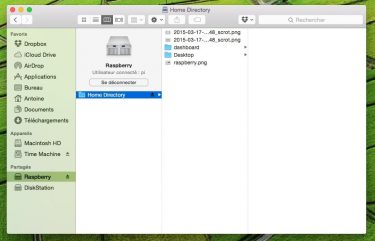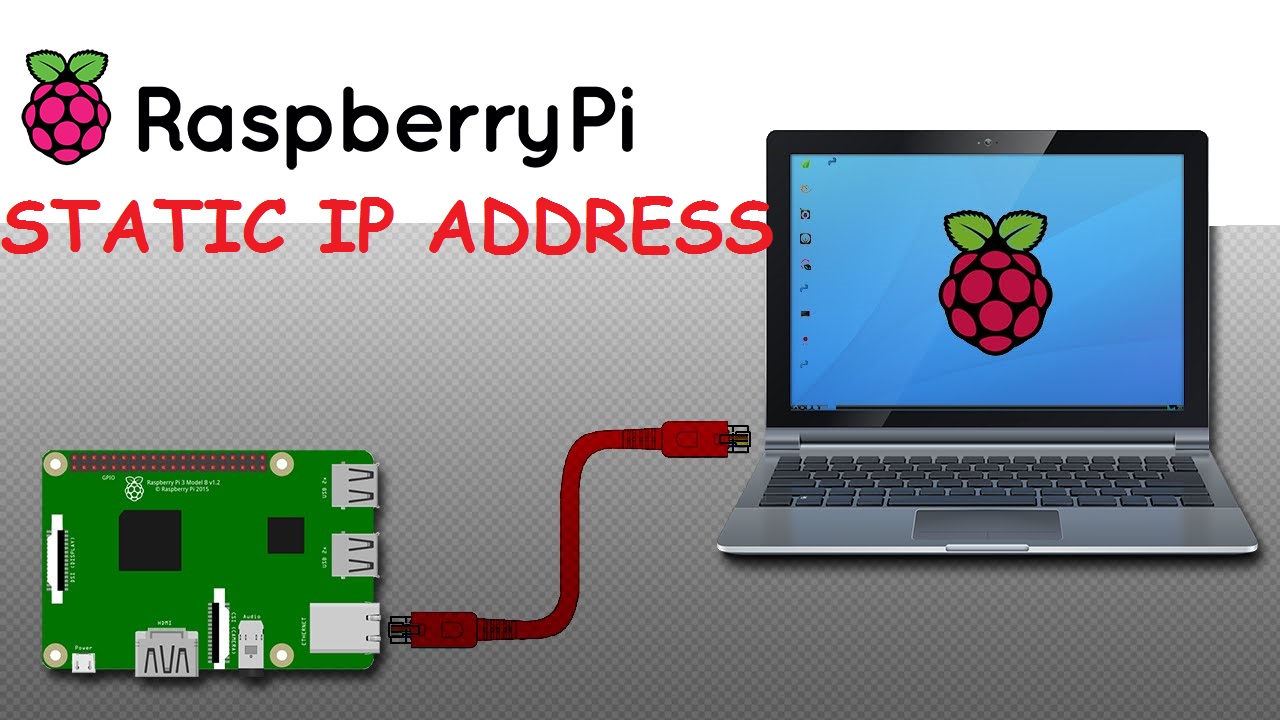
We already installed Tight VNC so we can remote in if you followed the basics. The edimax should glow blue when it's working. I believe you only need to add the last line but I can't recall and wanted to make sure to post my complete configuration to compare. Set it to connect to Wifi on boot with: nano /etc/network/interfaces
RPI CONFIGURE NETATALK PASSWORD
Now to create that wpa.conf: nano /etc/wpa.confĬhange NETWORK_SSID and NETWORK_PASSWORD to your wifi's network name and password respectively, save and quit.
RPI CONFIGURE NETATALK INSTALL
The Basics sudo apt-get install git-core binutils git libnss-mdns netatalk tightvncserver WARNING :: rpi-update can take a long time to do it's magic. sudo wget -O /usr/bin/rpi-update & sudo chmod +x /usr/bin/rpi-update Way easier for managing updates to the lower level stuff on the Pi. I'd recommend a physical connection for the initial setup of your Pi for your initial install so that you don't encounter issues setting up the wireless stuff later.

It also requires a connection to the Internet. WARNING :: Updating and upgrading can take awhile. Just to make sure all my stuff stays latest/greatest. Insert SD card in your Pi and you're ready to go.Ĭourtesy the RPI Easy SD Card Setup Guide Every time I boot up Sudo dd bs=16m if=/path/to/your/downloaded/distro.img of=/dev/IDENTIFIER Remember the identifier of your SD card (should be something like disk1 or disk4 or along those lines). Pop your SD card into your Mac and then in Terminal do the following: diskutil list

Setting up the SD Card yourselfĭownload the version of the distro you're into from Raspberry Pi's download page.

Again, either buy your flash drive with it pre-installed or download it here. IMPORTANT :: If you're going to use the Pi for openFrameworks dev you want to make sure you're using the Raspbian "wheezy" distro.
RPI CONFIGURE NETATALK HOW TO
If you don't feel like learning how to flash the drive yourself you can buy one off of these guys pre-loaded for you. just wish I had asked BEFORE I purchased myself. Class 10 will run a tinsy bit faster I've read, though I'm betting the performance gain is negligible. If you're doing anything besides running startx on the machine I'd go with an 8GB class 10 SDHC drive. If you don't need Processing and openFrameworks then don't install them both! What size Flash drive to buy? In other words don't try to use one Pi for everything. That way I know when I turn that Pi on it'll always do what I wanted it to. I suppose you could make a disk image (see below) if you wanted, but I find it easier to plow ahead with a single Pi dedicated to a specific goal.

Don't try to make the Pi into another workstation for yourself - it's a nice idea but you'll forget how to set everything up.


 0 kommentar(er)
0 kommentar(er)
